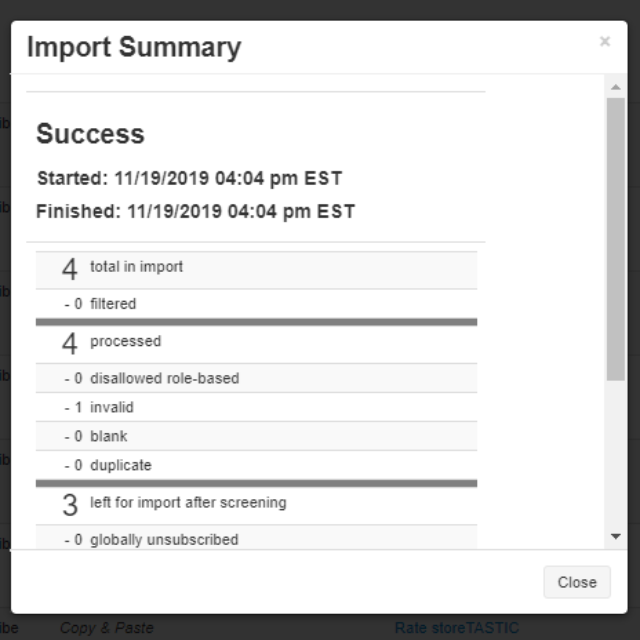When building your survey, there are a number of things to keep in mind including the type of survey you want to conduct, which survey tool to use, what your population will be, and which questions to ask. As if you don’t already have enough to figure out, you should also be considering what sample size you’ll need to achieve statistical confidence.
What is statistical confidence? It’s the knowledge that your survey is statistically significant, that it will actually represent the population as a whole.
You want to get enough completed surveys so you know it is an accurate representation.
In this article, we look at the number of respondents needed for a statistically accurate survey. Here are the steps to take:
Know Your Population
The first step is figuring out the size of the population you want to survey. For example, if you want to survey all of the women who attend your local college, determine the size of that whole population.
Decide on Your Margin of Error
More technically speaking, you want to know your confidence interval or margin of error. This goes back to that statistical confidence. How sure do you want to be that your responses will represent the survey population?
In standard surveys, the widely accepted confidence interval is 5%. We suggest aiming for nothing higher than 10%.
Pick Your Confidence Level
When it comes to your confidence level, we’re talking about how accurately your population is represented by your sample.
In standard surveys, the confidence level is 95%. This means that you’d get the same results 95% of the time even if you chose different samples. Go on up to 99% if you’d like, but don’t go below 90%.
Set Your Sample Size
How many responses do you need to get back for an accurate survey? This is not the same as the number of people who take your survey. It’s how many you need to get returned.
Estimate Response Rate
This involves some guesswork on your part. But you have to make a good estimate in order to decide how many surveys you need to send. A standard response rate would be between 10-15%.
But, if you’re offering an incentive for completing your survey, you can expect a higher response rate. Consider the college women mentioned above – offer them a coupon for a free meal, and your response rate should be higher.
Doing the Math
Now it’s time to do the math. You can use a handy calculator like the one at the National Statistical Service, or you can use some simple math.
To know how many people you should send your survey to, you want to take your sample size (how many responses you need back) divided by the response rate.
For example, if you have a sample of 1,000 and an estimated response rate of 10%, you would divide 1000 by .10. Your survey group should be around 10,000.
Remember that your response rate may affect the number of people you need to send your survey to.
If your response rate is higher, you might not need to ask as many people to complete your survey. In the above example, if your sample size is 1,000, but your response rate is 25%, you only need to send your survey to 4,000 people.
Final Thoughts
Before you start working on the number of respondents needed for a statistically accurate survey, make sure to ask yourself the following questions:
- What will I do with the data I collect? If I need to compare subgroups, do I have enough people for a comparison?
- How much error can I tolerate? Do I need to be very precise? Consider the presidential polls of late – their margin of error is usually +/- 3 percentage points. How exact do you need to be?
- What is my budget? Will it allow for an exceptionally large group of respondents?
- How is my confidence level? Do I know if the true population value falls within my level of confidence?
While there are many variables to consider, the basic formula of sample size divided by response rate should suffice for most surveys. (tweet this) If you have any questions about survey size for a statistically accurate survey, feel free to ask them below.
Surveys help you make the best decisions for your business. Are you ready to get started with your free SurveyTown trial? Start with your free account today, and you can upgrade at any time.
Image: William White




